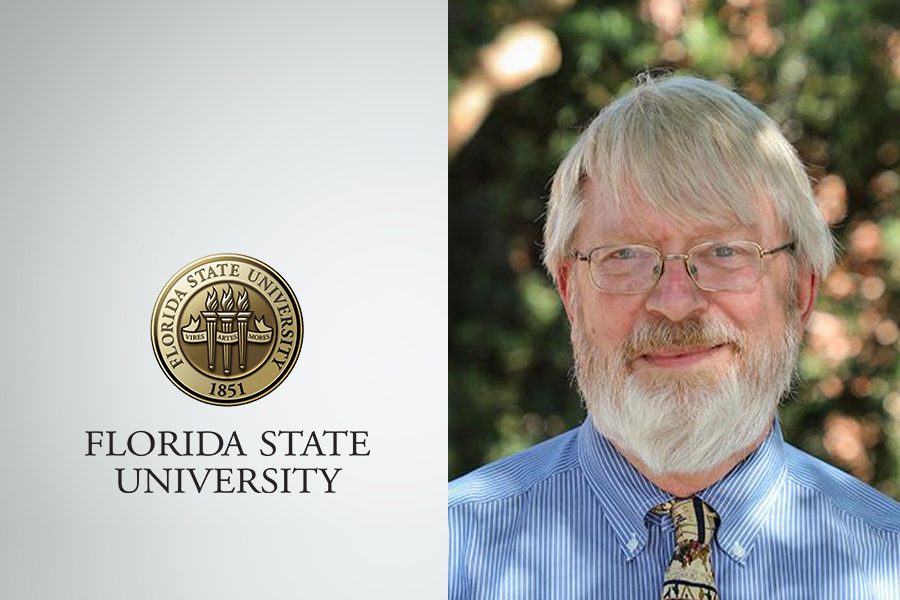
The recent incursion of a Chinese spy balloon and other flying objects into American airspace evoked memories of aerial reconnaissance missions from the Cold War era.
After a U.S. Air Force fighter downed the balloon, officials sent its antenna array to a Federal Bureau of Investigation lab.
Florida State University Professor Ron Doel is available to provide perspective on how unidentified flying objects and national security challenges were handled in the recent past.
Ron Doel, associate professor, Department of History
rdoel@fsu.edu
Doel studies the history of science and technology, as well as environmental policy. He is currently writing a book that explores the rise of the physical environmental sciences in America, including how U.S. military patronage shaped earth sciences research during the Cold War. His expertise on the history of science, the Cold War and the Arctic has been featured in The Washington Post.
“Aerial espionage became a flashpoint in diplomatic relations amid the Cold War. A famous example is the shooting down of an American U-2 spy plane over Soviet Union airspace in May 1960, resulting in the capture of its pilot, Francis Gary Powers. U.S. authorities initially claimed the flight was to gather meteorological information, but when this cover story fell apart, the incident caused the cancellation of a planned summit between President Dwight Eisenhower and Soviet Premier Nikita Khrushchev. There are interesting parallels between this incident and the overflight of the Chinese balloon over the United States that led Secretary of State Anthony Blinken to cancel his planned high-level visit to China earlier this month.”




